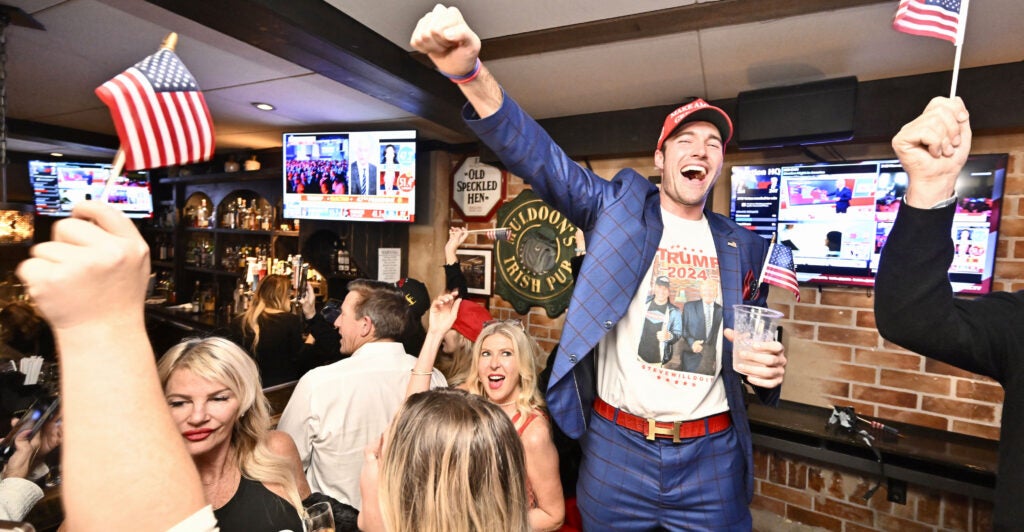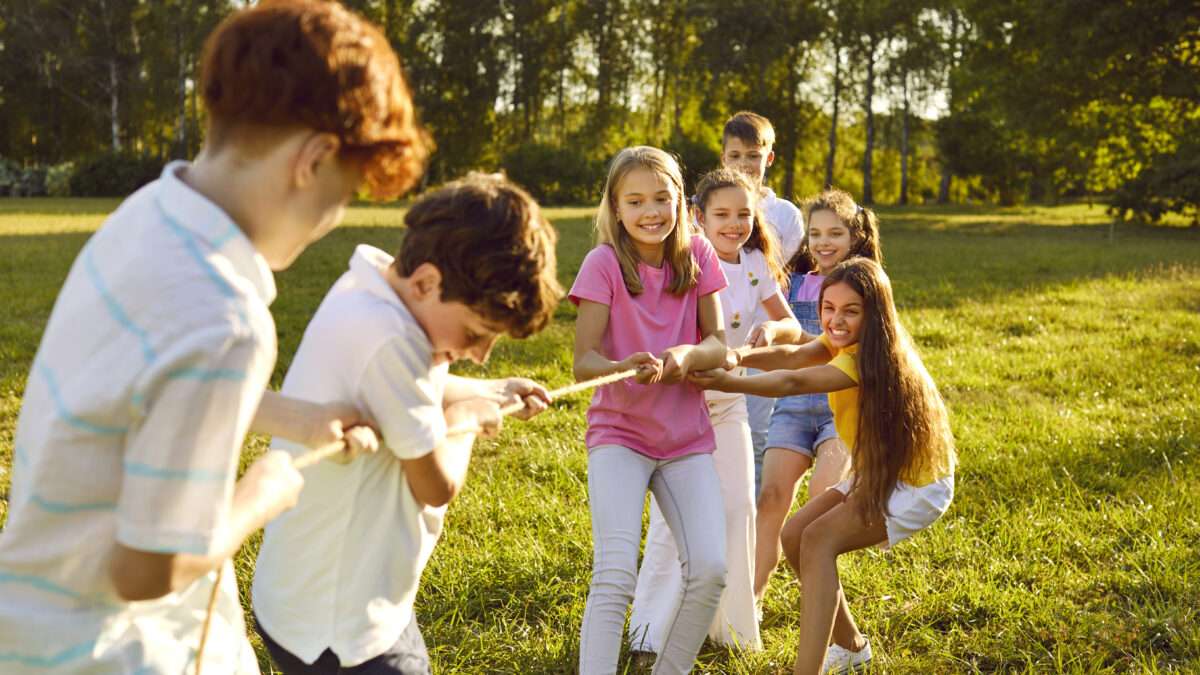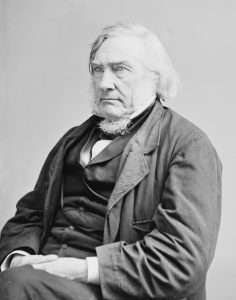
Election Day is 47 days away. Early voting has begun in some states. Polls indicate that the presidential race is a dead heat in several battleground states. You would think the candidates would have increasingly jam-packed campaign schedules, scrapping for every last vote.
But this September, Donald Trump’s public schedule is the lightest of his three presidential campaigns.
Using Labor Day as the traditional kickoff day of the general election campaign, today marks the 18th day of the final sprint. In that span, Trump has held four rallies, two town-hall-style events (one aired on Fox News’s Hannity), one speech at the Economic Club of New York, and one via satellite to the Republican Jewish Coalition.
One of the rallies was on Wednesday in New York, a not remotely competitive state. It was initially scheduled to coincide with Trump’s sentencing for his fraud convictions, but it was kept on the calendar after the sentencing was delayed.
Trump was far busier the first time he won the Republican presidential nomination. In the first 18 days of 2016’s fall campaign, per data collected by FairVote, the former star of The Apprentice held 11 rallies and delivered seven other speeches. Twice, he had two rallies on the same day. Three times, he held a rally and delivered a separate speech on the same day, and on one of those days, he also participated in a town hall (again, on Hannity) and a small business roundtable.
The 2020 contest was an outlier, waged while much of America remained locked down during the COVID-19 pandemic. Yet Trump, then the sitting president, campaigned in public more than he is now. He did 11 rallies in the first 18 days following Labor Day 2020, in addition to two swing state events in which he signed executive orders and two “Latinos for Trump” roundtables.
(I am not counting fundraisers or September 11 commemorative events in these tabulations. I am also not counting this year’s debate hosted by ABC News on September 10 or 2016’s televised joint “Commander in Chief Forum” hosted by NBC News on September 8.)
If we count the days in which Trump held events, as opposed to the total number of events, Trump was on the trail seven out of 18 days since Labor Day versus 11 days in 2020 and 12 in 2016.
Will it matter? Not necessarily.
For one thing, Kamala Harris is barely outpacing Trump on the trail. She held five rallies this month, including two on Labor Day. (One was in New Hampshire, which is not considered a battleground state this year, although it’s more competitive than New York.) She also delivered two speeches in Washington, D.C., and participated in an interview with the National Association of Black Journalists in front of a live Philadelphia audience. She spent several days in Pittsburgh preparing for the Philadelphia debate on September 10 and took a break, with cameras in tow, to chat up voters at a spice shop. Harris has events planned in Georgia and Wisconsin tomorrow, whereas Trump’s next rally is slated for Saturday in North Carolina.
A strong argument can be made that a blitzkrieg of campaign visits generally doesn’t impact the outcome.
After the 2016 campaign, many political observers attributed Trump’s upset win in Wisconsin to Hillary Clinton’s failure to visit the state. Trump made 118 campaign visits nationwide, and Clinton made just 81, seemingly outworking her. However, two separate political science analyses of the 2016 race drew the opposite conclusion.
Alan Abramowitz, the Emory University professor, found that “the relative number of campaign trips to a state by Trump and Clinton had no effect on the results.”
Christopher Devine of the University of Dayton similarly found that “there is no reason to believe that Trump’s victories in [the] decisive states … are directly attributable to his (or Pence’s) campaigning there more frequently than Clinton.” He also noted that in past research, “there is only mixed evidence that campaign visits have their intended effects on vote intention or eventual vote choice.”
But there is important nuanced data in Devine’s research.
One example of a candidate in 2016 who influenced the outcome in a particular state was Hillary Clinton in Pennsylvania. Even though she lost the Keystone State by a hair, Devine concluded, “a Clinton visit to Pennsylvania increased Democrats’ vote share, in a given county, by 1.2 percentage points, while decreasing Republicans’ vote share by 1.1 percentage points.” Save for that exception, neither candidate moved the needle with their swing state visits.
Devine also noted that prior research found that “the effects of campaign visits also are not uniform; rather, the literature suggests their variability by candidate, party, election year, state competitiveness, or campaign phase.” We can’t know precisely in advance what impact—positive or negative—candidate visits will have this year. It probably isn’t much. However, since a handful of votes could decide several states, a little bit could make the difference.
Aside from visits by the Democratic nominee, we have evidence that the Harris campaign has built a superior ground game operation. While research shows that get-out-the-vote efforts can only help on the margins, Alan Gerber and Gregory Huber, professors of political science at Yale, determined that “if a typical canvassing campaign manages to interact with 25 percent of its targets, then the overall effect on the target group’s turnout is 1 percentage point or less … in a very high turnout election, such as a presidential election, the expected return to a successful contact falls even lower.” However, polls show that critical states can be decided by “1 percentage point or less.”
Campaign rallies can theoretically buoy turnout by enlisting volunteers from the crowd if campaigns get rallygoers to become get-out-the-vote volunteers. The Harris campaign has used large rallies to help fortify its volunteer ranks. The Trump campaign, however, has largely outsourced its GOTV efforts to outside organizations with limited experience.
Will the candidates hit the hustings more frequently in late September and October? They may conclude that there are better uses of candidate time, such as producing ads or conducting media interviews. But in Trump’s, his diminished activity relative to his past campaigns raises the question of whether the more sedentary approach is a campaign strategy, personal fatigue, fallout from two assassination attempts, or some other factor.
What is certain is that Trump’s plan to win by portraying his Democratic opponent as feeble and cognitively declining was rendered moot by Joe Biden’s withdrawal. Now, the 78-year-old Trump, who would be the oldest president in history if he completes a second term, faces a younger and more energetic opponent, pressuring him to show that his energy and cognitive abilities have not declined despite considerable speculation that he has. Yet he has responded to this new challenge by, to date, running the laziest of his three campaigns. The shock of Sunday’s second assassination attempt on Trump overshadowed something truly odd in mid-September of a presidential election year–the oddity of one of the two major party nominees taking a golf day with less than 50 days to go. He must decide if the presidency is worth less time on the links.
The post Trump’s Laziest Campaign appeared first on Washington Monthly.


 3 months ago
8
3 months ago
8 









 Bengali (Bangladesh) ·
Bengali (Bangladesh) ·  English (United States) ·
English (United States) ·